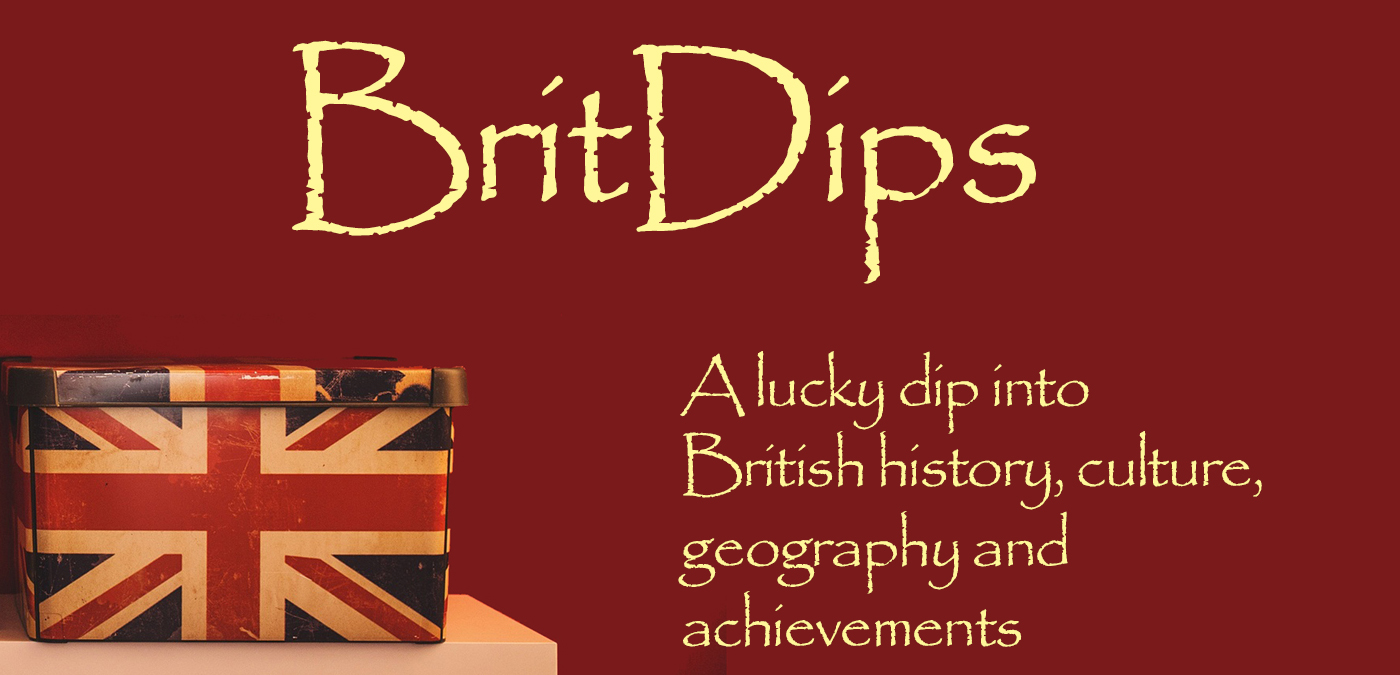
Bridleways and Footpaths
A bridleway is a public right of way for travel on foot, on horseback or by bicycle and, in some localities, there may also be a right to drive animals along it. A footpath is only for walkers and, in modern times, those with mobility aids (no bikes). In the bygone era there was a huge network of such routes all over Britain and they generally took the straightest line between two locations.
Those were the days of common land but things changed in the 18th and 19th centuries when landowners began to build barriers on the boundaries of their estates. Public bridleways and footpaths were protected only by long-established use. The setting up of the Inclosure Commissioners to divert and create new rights of way curtailed the old, traditional arteries and corridors for travellers, tradespeople, pilgrims and job-seekers.
Post-WW2, the ramblers’ organisations were instrumental in preserving the remaining 20,000 miles of bridleways and 140,000 miles of footpaths and County Councils, with the help of volunteers, carried out surveys to produce official maps. These trails are signposted by law, no matter how short they now are. Landowners are also obliged to keep clear any public paths that do still cross their properties.
(Image: Andrew Bowden at Flickr.com / CC BY-SA 2.0)
